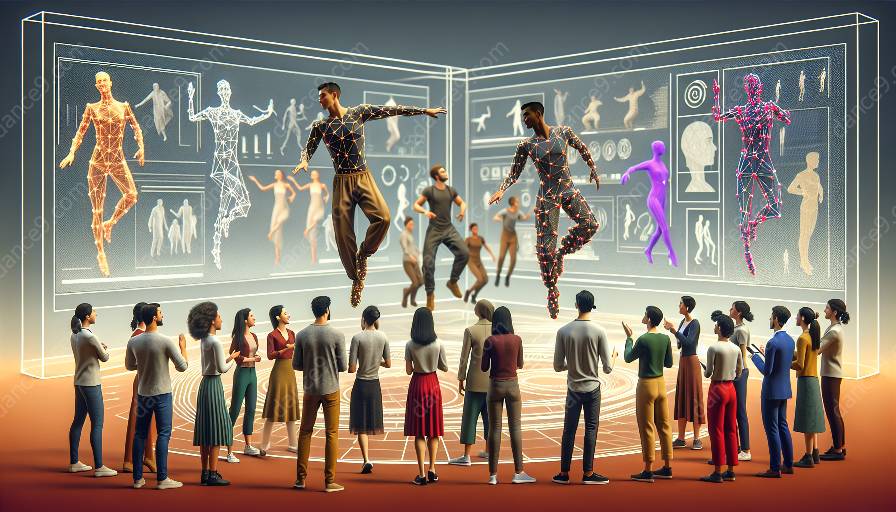Dance therapy, a form of expressive therapy that uses movement and dance to support intellectual, emotional, and motor functions, has steadily gained recognition for its positive impacts on well-being. As technology continues to advance, motion capture technology has emerged as a valuable tool to enhance the practice of dance therapy. Motion capture technology, which involves recording the movement of objects or people to digitize motion for various purposes, provides a unique opportunity to improve the effectiveness and reach of dance therapy.
Understanding Motion Capture Technology
Motion capture technology, often referred to as mocap, involves capturing the movement of a person or object using specialized equipment and software. This process typically includes placing sensors or markers on the subject's body to track their movements and translate them into a digital format. The data collected from these movements can be used for a variety of purposes, including animation, sports analysis, and, importantly, therapeutic applications.
Enhancing Dance Therapy Practices
The integration of motion capture technology into dance therapy has the potential to revolutionize the way therapists work with their clients. By using motion capture, therapists can precisely track and analyze a client's movements, providing valuable insights into their physical capabilities and emotional states. This level of detailed information allows therapists to tailor their interventions more effectively, leading to improved outcomes for clients.
Furthermore, motion capture technology opens up new possibilities for creating immersive and interactive therapeutic experiences. Through the use of virtual reality and augmented reality platforms, therapists can transport clients to virtual environments where they can engage in expressive and therapeutic movement activities. This not only adds an element of fun and creativity to the therapy process but also allows clients to explore movement in ways that may not be possible in traditional therapy settings.
Advancements in Tracking and Analysis
Recent advancements in motion capture technology have significantly enhanced its capabilities in tracking and analyzing movement. High-definition cameras, inertial measurement units, and markerless motion capture systems offer more accurate and comprehensive data, allowing therapists to gain a deeper understanding of their clients' movements. This level of precision enables therapists to identify subtle movement patterns, asymmetries, and areas of strength and weakness, empowering them to develop targeted therapeutic interventions.
Remote Dance Therapy
In our increasingly digital world, motion capture technology also paves the way for remote dance therapy sessions. With the use of wearable motion capture devices and telehealth platforms, therapists can conduct therapy sessions with clients located in different geographical areas. This not only improves accessibility to dance therapy but also enables individuals who may have mobility or transportation limitations to benefit from the therapeutic value of movement.
Collaboration and Research Opportunities
As the integration of motion capture technology and dance therapy progresses, it opens up new opportunities for collaboration between therapists, technology developers, and researchers. By working together, these parties can contribute to the development of specialized motion capture tools and software designed specifically for dance therapy applications. Additionally, the wealth of data collected through motion capture technology can fuel research endeavors aimed at understanding the impact of dance therapy on various populations, further solidifying its place as a valuable therapeutic approach.
Challenges and Considerations
While the potential of motion capture technology in enhancing dance therapy practices is exciting, it is essential to address the challenges and considerations associated with its implementation. These include the need for specialized training for therapists to effectively utilize the technology, ensuring the ethical and privacy considerations of collecting movement data, and the integration of motion capture technology into existing therapeutic frameworks.
Conclusion
As the fields of dance therapy and technology continue to intersect, the incorporation of motion capture technology stands as a promising avenue for improving the delivery and outcomes of dance therapy practices. By leveraging the capabilities of motion capture technology, therapists can gain a deeper understanding of their clients' movements, offer innovative therapeutic experiences, and contribute to the advancement of dance therapy as a valuable form of emotional and physical support.

































